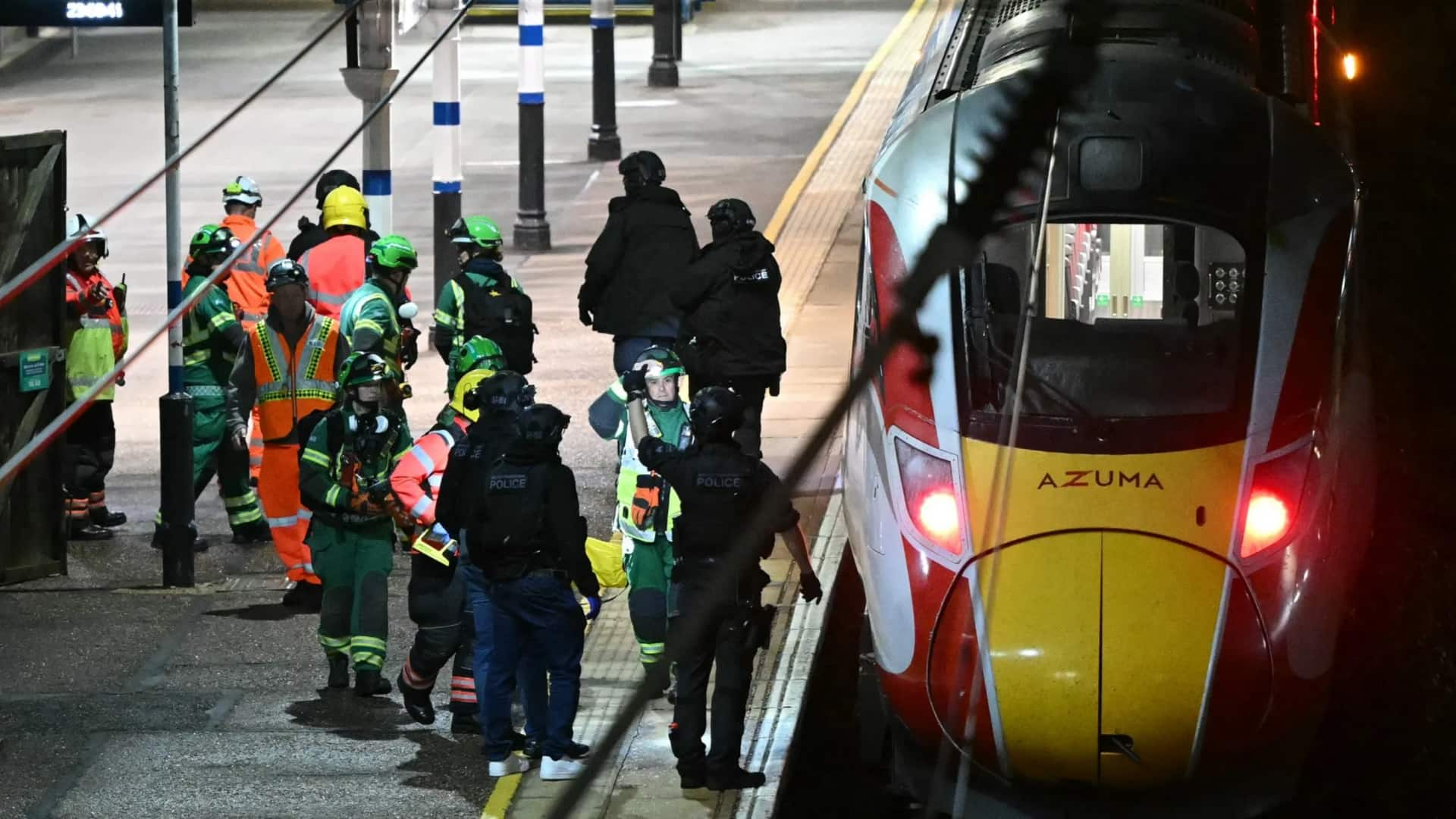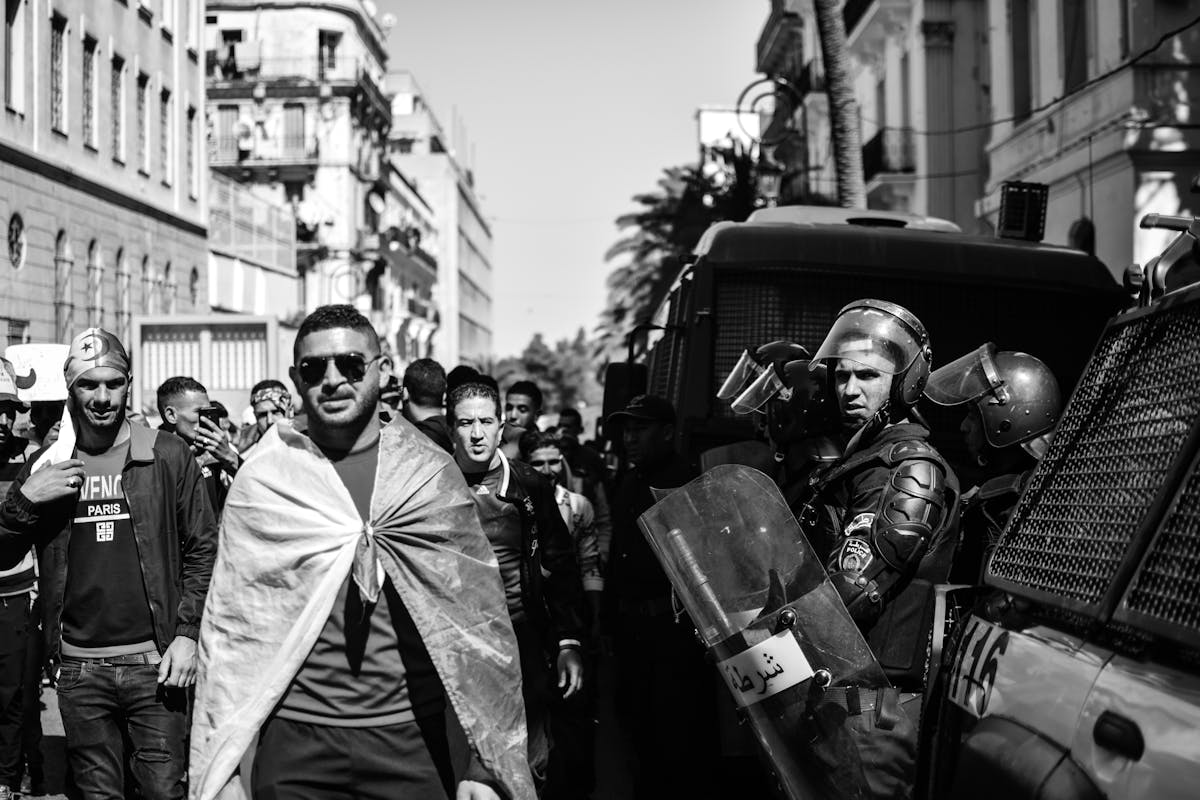The African Sahel, a transitional region between the Sahara Desert to the north and the Sudanian savanna to the south, stretches across the continent from Senegal in the west to Chad and Sudan in the east. Despite its rich history and cultural diversity, the Sahel has become synonymous with instability and recurrent conflict. Understanding the underlying reasons for this challenging environment requires a deep dive into historical, socioeconomic, environmental, and political dynamics unique to the region.
Background and Effects of Colonialism
Historical patterns of governance, beginning with pre-colonial empires like the Mali and Songhai, contributed to the region’s complex ethnic and cultural landscape. The colonial carve-up of Africa by European powers in the late nineteenth and early twentieth centuries disregarded existing social and ethnic boundaries, creating artificial borders that persist today. As a result, ethnic groups were divided across new national lines—Tuaregs, Fulani, Hausa, and others found themselves citizens of different states overnight. This arbitrary partition contributed to lasting grievances, contested identities, and a foundation of mistrust between communities and the post-independence states in the Sahel.
The colonial legacy also established centralized, often unresponsive governance structures. Many Sahelian states inherited patrimonial systems focused on urban elites, neglecting peripheral, rural regions. This unequal power distribution has fueled a sense of marginalization among rural groups, setting the stage for resistance and, at times, violent rebellion.
Socioeconomic Pressures and Underdevelopment
Poverty rates in the Sahel consistently rank among the highest globally. According to the United Nations Development Programme, countries like Niger, Mali, and Burkina Faso feature in the lowest deciles on the Human Development Index. Widespread unemployment, lack of access to quality education, limited healthcare, and food insecurity create fertile ground for vulnerability and social unrest.
A case study from the Lake Chad Basin demonstrates how economic collapse can stoke conflict. Historically, Lake Chad supported millions through fishing, agriculture, and trade. Due to climate change and overuse, the lake has shrunk by more than 90% over the last 60 years. As livelihoods disappeared, local communities faced increased competition for diminishing resources, leading to communal clashes and providing fertile ground for recruitment by extremist groups.
Those social and economic challenges intersect with population patterns: the Sahel is home to one of the fastest-expanding populations globally, increasing pressure on already limited resources and governmental abilities. The swift movement towards cities and the surge in youth—the average age in Niger is below 16—result in millions of young individuals seeing limited opportunities, escalating the chance of becoming radicalized or engaging in unlawful economic activities.
Environmental Challenges and Climate Change
The Sahel is acutely vulnerable to climate change. The region’s environment is characterized by fragile soils and highly variable rainfall. Droughts and irregular weather patterns are becoming more common and severe. Pastoralists, such as the Fulani, whose livelihoods depend on seasonal movement of livestock, are forced to travel farther in search of water and pasture. This leads to increased tensions with sedentary farmers, as traditional grazing routes overlap with farmlands. These farmer-herder conflicts are a recurrent source of violence, often exacerbated during periods of scarcity.
Climate change amplifies the effects of underlying governance and economic challenges, turning manageable tensions into potential flashpoints. The United Nations Environment Programme has identified the Sahel as one of the “climate change hotspots,” where the intersection of environmental and social vulnerability is especially pronounced.
Weak State Institutions and Governance Deficits
States in the Sahel frequently lack the capacity to provide basic services, enforce the rule of law, or maintain a monopoly on the legitimate use of force. Remote areas are often left with little presence of central authority, allowing ungoverned spaces to proliferate. This institutional vacuum is readily filled by non-state actors, including armed militias, self-defense groups, criminal syndicates, and insurgent movements.
Governance deficits contribute to a pervasive sense of exclusion, particularly among ethnic minorities and rural populations. Disputes over land tenure, resource allocation, and political representation often go unresolved through official channels, leading aggrieved groups to take matters into their own hands. Corruption and nepotism further undermine trust in public institutions, complicating efforts at state-building and conflict resolution. Additionally, insurgent groups often position themselves as providers of order and justice in areas where state presence is minimal, complicating efforts to restore government authority.
The Spread of Armed Groups and Violent Extremism
The unrest in the Sahel has provided a fertile ground for numerous armed factions to thrive, some driven by local issues, others by international jihadist motives. Organizations like Jama’at Nasr al-Islam wal Muslimin (JNIM), Islamic State in the Greater Sahara (ISGS), and Boko Haram function with diverse objectives and degrees of collaboration. Many exploit local discontent, draw in disenfranchised young individuals, and fund their activities through the smuggling of drugs, arms, and humans.
The alliance between local conflict actors and transnational terrorist networks is particularly pronounced in the tri-border area of Mali, Niger, and Burkina Faso. Here, groups exploit ethnic rivalries and government weaknesses to entrench themselves. The result is a landscape where violence can be both deeply localized—rooted in dispute over cattle or land—and interconnected with global jihadist narratives.
International military interventions, such as the French-led Operation Barkhane and the United Nations Multidimensional Integrated Stabilization Mission in Mali (MINUSMA), have had mixed results. While some successes have been recorded, these interventions are often criticized for failing to address root causes, focusing narrowly on counterterrorism and security at the expense of political, economic, and social dimensions.
Cross-Border Dynamics and Regional Instability
Porous borders are a characteristic element of the Sahel region. Individuals, merchandise, and militant factions traverse with relative freedom through lightly regulated boundaries. This movement across borders implies that unrest in one nation can swiftly extend: a coup in Mali, for instance, might encourage insurgents in adjacent Burkina Faso or Niger.
The links between domestic conflicts have resulted in ripple effects. For example, the 2011 fall of the Libyan government released an influx of arms and displaced combatants into the Sahel, intensifying current disputes and empowering armed groups. Intricate regional dynamics require collaborative solutions, but geopolitical competitions and varied priorities among nations frequently obstruct successful cooperation.
Outside Influencers and Global Concerns
External parties also influence the conflict terrain in the Sahel. France, previously a colonial ruler, keeps substantial military forces and spearheads antiterrorism missions, driven by safety issues and the safeguarding of economic stakes. The European Union, United States, Russia, and other states have supported different stabilization, development, and security efforts. Although global backing is essential, differing viewpoints and objectives occasionally weaken local leadership and the enduring viability of peace initiatives.
Humanitarian organizations encounter significant obstacles when providing assistance in areas of conflict. Their ability to reach those in need is often hampered by safety concerns and bureaucratic barriers, which increase the danger for already vulnerable groups.
Understanding Complexity
Conflicts within the African Sahel are influenced by a complex fusion of past histories, social and ethnic divisions, economic hardship, environmental vulnerability, and state instability, all exacerbated by regional and international influences. Approaches that concentrate solely on security initiatives or technical aid are inadequate without addressing the layers of grievances, identities, and aspirations that permeate life in the Sahel. Only by acknowledging and addressing the complete range of these elements can pathways toward stability and refreshed opportunities be imagined for the residents of the Sahel.





